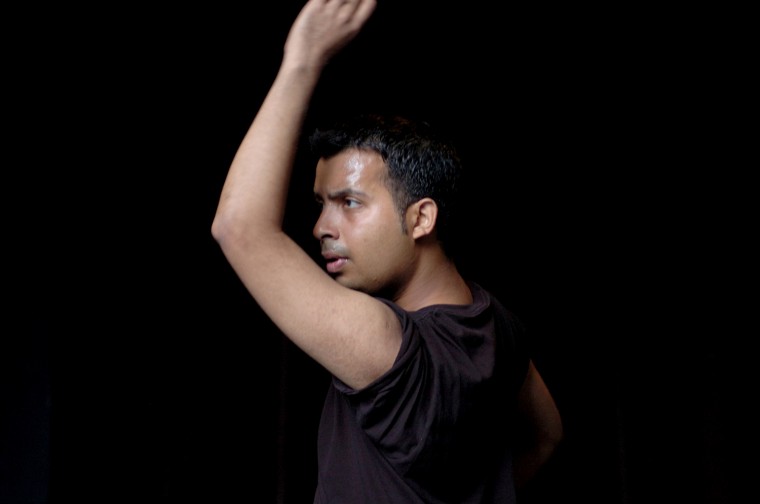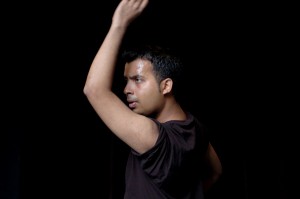Dance Department’s Krishnan ‘Slaughters’ Stereotypes


In the March 21 issue, the Toronto Star profiles Associate Professor of Dance Hari Krishnan in connection with his latest full-length work, “Holy Cow(s)!”
Krishnan discusses the ways in which he often endures “ridiculous if non-malevolent cultural prejudices,” such as assumptions that he practices yoga or doesn’t eat beef due to his Indian heritage.
Krishnan would prefer people to look beyond the stereotypes, beyond what he calls such false binaries as East/West, white/coloured, masculine/feminine, tradition/modernity.
Says Krishnan: “I’m brown. I’m a beef-eating Hindu from Singapore and I’m proudly gay. I’m not a tourism poster.”
Krishnan, an award-winning dancer/choreographer, is founder of the performing company inDANCE. The writer describes his style: “Krishnan’s dances, whether full-on Bharatanatyam — he’s won a coveted Bessie award in New York for his own performance of this Indian classical form — or a contemporary hybrid of styles is consistently exuberant, physically dynamic and often more than a little bit naughty.”
Of the latest performance, he writes:
Holy Cow(s)!, with a cast of two women and five men, is unusual in that while most of the choreography is Krishnan’s it also includes three solos, each made for him by an outside choreographer and expressing very different movement esthetics. The original intent was for Krishnan to perform these himself but a knee injury put paid to that. With the concurrence of American choreographers Sean Curry and David Brick and Vancouver’s Jay Hirabayashi, Krishnan has now distributed these among three of the cast’s men.
Watching a studio run-through of Holy Cow(s)!, it is clear Krishnan relishes the opportunity to explode any number of assumptions audiences might make about a choreographer of South Asian descent. The movement vocabulary at times references, even parodies, classical Indian dance but it also embraces a whole range of cultural forms. It pokes fun at the stereotypes of beguiling female and chest-thumping machismo. It is sensual to the point of overt eroticism. Krishnan even manages to work in some thinly veiled political criticism, alerting us to the dangerous bigotry that the current climate has unlocked.
Says Krishnan: “My mission is to slaughter every one of these holy cows.”

